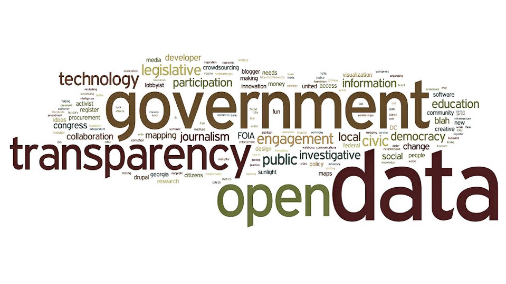The mandate of municipal government is to provide access to civic amenities and to ensure that residents follow the local laws and ordinances adopted by City Council.
In general, there are operating processes in place to monitor and enforce these municipal codes. However, it is often the residents themselves that witness and report code violations, at which point the municipality’s responsibility is to initiate an investigation and resolve the situation. When this occurs, there are additional complexities involved, with many municipalities struggling to track and meet their service targets to address citizen-initiated complaints. Any departments responsible for code enforcement must triage citizen complaints across a diverse range of property maintenance, parking, noise, nuisance and other issues. Then, activities must be coordinated with officers in the field, all actions tracked, and any documents consolidated until compliance is reached.
Using the AccessE11 service request management platform, multiple municipalities have streamlined and automated their code enforcement approach, making it effortless for staff to capture citizen complaints, assign the right team, resolve the underlying issues, institute centralized tracking and record keeping, and easily report on issues individually or on an aggregated basis.
Capturing Code Issues
Increasingly, residents expect to be able to interact with their municipality in the same way they do private-sector organizations via multiple channels, and this applies equally to code enforcement.
In light of this, AccessE11 has created a platform that allows citizens to report their concerns online, by email, and using integrated mobile apps. Categorization of each violation by category (permit issue, graffiti, trash & debris, noise etc.) is completely flexible, and geolocation of the issue and inclusion of pictures/other details is simple.
Once reported, the software automatically creates a case to track the issue, acknowledges receipt to the citizen, sets follow-up and due dates, and routes the case to a specific staff member. Moreover, it immediately makes the information available in configurable dashboards, embedded maps and reports to provide a centralized, cohesive view of all past and ongoing code enforcement activities.

Processing Citizen Issues
Inspections are an integral part of the resolution process and, to that end, code enforcement officers are provided with an up to date and prioritized view of the complaints they need to follow-up with the AccessE11 mobile app for staff. Depending on whether or not a violation is observed, an officer on location can close the case immediately, or further document it with corrective actions and a date for a follow-up inspection if required.
Some municipalities also use code sweeps within delimited geographical areas as a proactive means of enhancing the safety, cleanliness and conditions of a neighbourhood. In this scenario, officers can create cases for tracking purposes directly using the mobile app. All relevant information is seamlessly and centrally logged with no need for the officer to visit the municipal office simply to enter data.

From the time an issue is reported through to closure, departmental managers, assigned staff and, to an appropriate extent, the reporting citizen are kept informed with automated, real-time notifications. Code enforcement teams are able to work seamlessly and avoid crossed wires. The reporting citizen can also get updates on their concern at any time by visiting AccessE11’s citizen-facing portal.
Operational Effectiveness
Citizens demand services from municipalities, but they also expect them to use tax dollars wisely. Authorities have a duty to avoid waste wherever possible and act in the public interest.

To that end, they need systems that allow them to make informed decisions and measure the success of their activities. AccessE11’s platform allows code enforcement departments to visualize and report on valuable data, letting them make evidence-based decisions. Managers can prioritize tasks, collect data on current and historic trends, measure against service targets, and gauge the effectiveness of the municipality’s response to issues. This data-driven approach enables managers to get a better handle on the overall efficacy of their teams, as well as the productivity of individual members.










